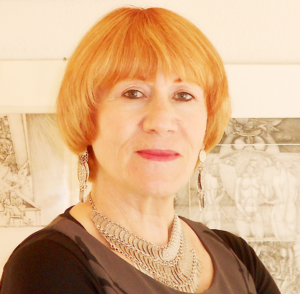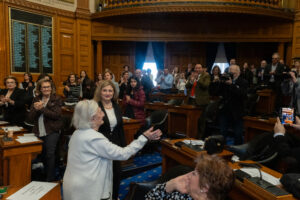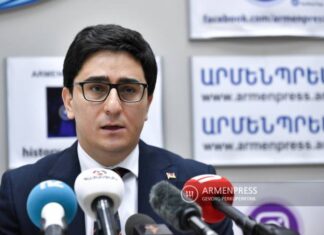WIESBADEN, Germany — Lisa Berkian-Abrahamian has always lived with books; she has worked as a librarian, a newspaper editor, translator and author. Born in Armenia, she came to Germany in 1992 to live with her husband, Ara J. Berkian, and after his untimely death in 1994, remained here, carrying on his work and her own. In September 2014 she published a book in Armenian on her husband, which is not only a complete appreciation of Berkian as doctor, engineer, architect and writer, but also contains important material and letters from his archives, pertaining to German-Armenian relations.

In October 2016, she published her Armenian translation of the book in German by her husband, Between the Rhine and the Arax: 900 Years of German-Armenian Relations (Coauthor Enno Meyer) https://mirrorspectator.com/2016/10/20/friendship-between-the-rhine-and-the-arax/.
That year, the presentation of the book was a sensation, and well-known Armenian personalities, scientists, writers, journalists, as well as the Armenian Minister of Culture and the German Ambassador were in attendance.
Now a new book of hers has appeared, in Armenian, titled Verhuschi masunqner (What Remains from Recollections), which is a reflection on her activities over the past quarter century in Germany. It is a personal story, an autobiography, but also the story of an extended family whose history goes back centuries.
“Memories, recollections,” she told me, “are like a quiet shadow, that accompanies each of us, we engage in a dialogue with them, often out of the silence comes a cry, we see ‘voices‘ from them and experience how they ‘smell and taste.’ The vision of these voices, childhood flavors and images are enduring and well preserved. Now I would like to experience them again and tell the tale from this book of life.”

An Ancient Past










